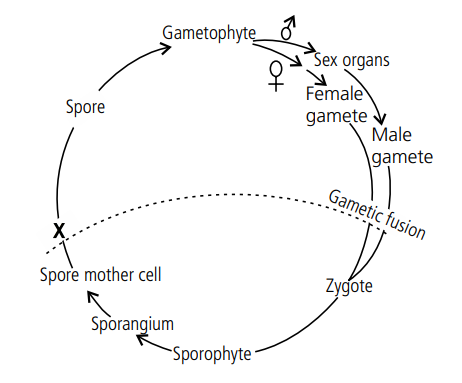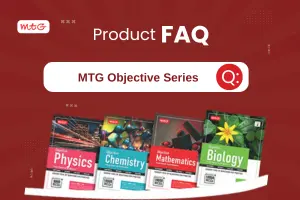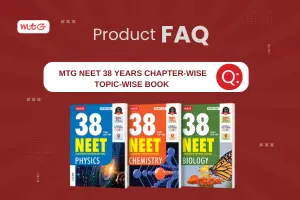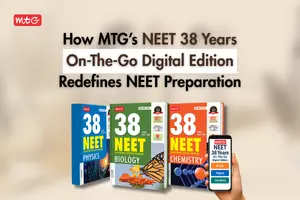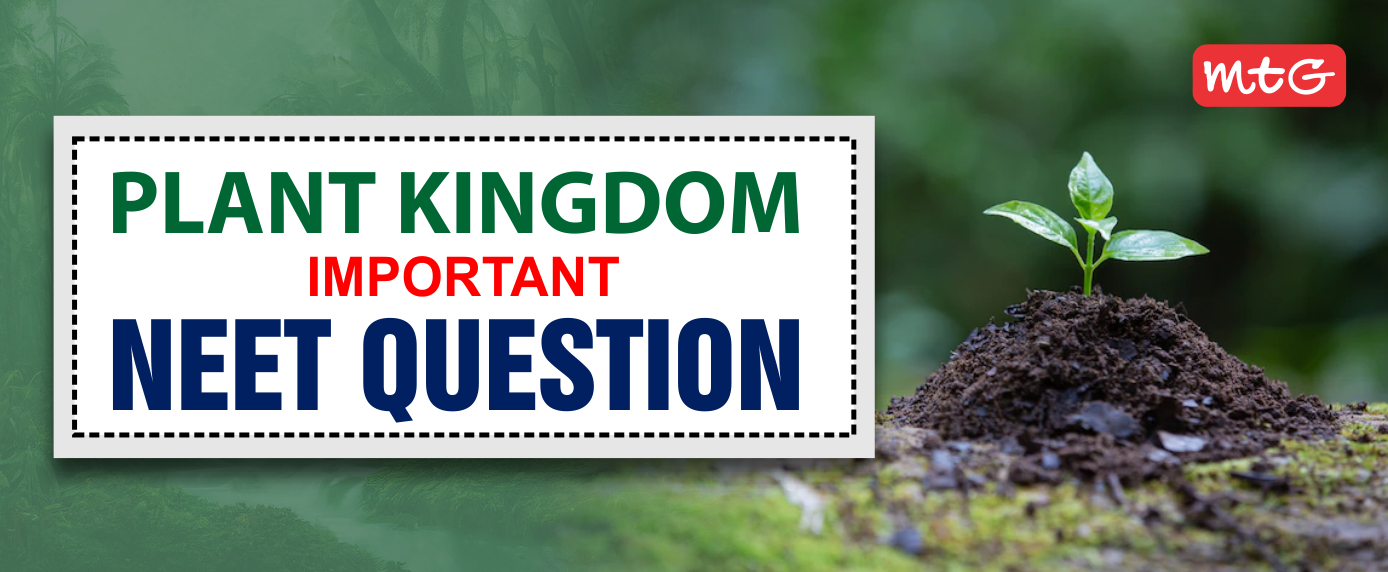
Many important questions are formed in competitive exams like NEET and boards from Class 11 Biology Chapter 3. In this chapter plant kingdom, you will get to practice various topics like the Phylogenetic System of classification, Numerical Taxonomy, Cytotaxonomy, Chemotaxonomy, Gymnosperms, Angiosperms, etc. Below, we have provided Important Questions PDFs from Class 11 Biology Chapter 3 Plant Kingdom for your NEET 2023 preparation. You can check it here or download it later for revision purposes.
Check out: The living world class 11 notes pdf
Plant Kingdom Class 11 NEET Questions and Answers
We’ve compiled a list of important questions about the Plant Kingdom biology class 11 chapter 3 that you should not miss while studying for your NEET Exams.
Plant Kingdom MCQ for NEET
Q.1. All the given algae contain the photosynthetic pigment fucoxanthin, except
(a) Dictyota (b) Macrocystis
(c) Caulerpa (d) Fucus
A.1. (c)
Q.2. Ramenta refers to
(a) small scale present on the basal adaxial surface of the leaf
(b) scales present on young parts of plant for protection from desiccation
(c) large aerial leaves developed in acropetal fashion from upper surface of rhizome
(d) dark brown underground stem.
A.2. (b)
Important NEET Resources –
Biological Classification Class 11 Notes for NEET
Biological Classification NEET Questions and Answers
The Living World NEET Questions and Answers
Q.3. Diplontic life cycle is present in
(a) Riccia, Pinus, Fucus
(b) Cycas, Sargassium, Helianthus
(c) Selaginella, Marchantia, Chara
(d) Bryopsis, Pinus, Marsilea.
A.3. (b)
Q.4. An angiospermic plant characterised by stem with open vascular bundle, pentamerous flowers and generally reticulate venation in leaves can be identified as
(a) bamboo (b) banana
(c) palm (d) cotton.
A.4. (d)
Q.5. Pyrenoids are structures made of
(a) protein and stored starch
(b) starch and stored lipids
(c) protein and stored lipids
(d) all of these
A.5. (a)
Plant Kingdom Match the Following Questions for NEET
Q.1. Match the column I with column II.
| Column I | Column II |
|---|---|
| A. Rolling alga | (i) Dryopteris |
| B. Tree fern | (ii) Adiantum caudatum |
| C. Horse tail | (iii) Volvox |
| D. Male shield fern | (iv) Equisetum |
| E. Walking fern | (v) Cyathea |
A.1. A-(iii); B-(v); C-(iv); D-(i); E-(ii)
Plant Kingdom Passage-Based Questions for NEET
Q.1. Complete the given passage with appropriate words or phrases.
The gymnosperms are plants with naked seeds. In gymnosperms, (i) are not enclosed by any ovary wall. They generally possess tap roots. Roots of Pinus have fungal association in the form of (ii) , while in Cycas, small specialised roots are called (iii) roots and are associated with (iv) . In (v) , male and female strobili are present on the same tree. The megaspore mother cell undergoes (vi) to form four megaspores. One of the megaspore enclosed within megasporangium develops into (vii) gametophyte, which possess a distinct (viii) . The pollen grains are released from (ix) and is carried by air currents to ovules. The pollen tube carrying male gametes grow towards archegonia and results in fertilisation by (x) .
A.1. (i) ovules (ii) mycorrhizal (iii) coralloid (iv) N2-fixing cyanobacteria (v) Pinus (vi) meiosis (vii) female (viii) archegonia (ix) microsporangium (x) siphonogamy
Plant Kingdom Assertion and Reason Questions for NEET
In each of the following questions, a statement of Assertion (A) is given and a corresponding statement of Reason (R) is given just below it. Of the statements, mark the correct answer as :
(a) If both A and R are true and R is the correct explanation of A
(b) If both A and R are true but R is not the correct explanation of A
(c) If A is true but R is false (d) If both A and R are false.
Q.1. Assertion: Cycas is also called living fossil.
Reason: Cycas possesses characters of both extinct pteridosperms and cycads.
A.1. (a)
Q.2. Assertion: In gymnosperms, the male and female gametophytes do not have independent existence.
Reason: They remain within the sporangia retained on the sporophyte.
A.2. (a)
Q.3. Assertion: In bryophytes, there is progressive sterilisation of sporogenous tissue as we move from lower to higher forms.
Reason: In mosses, the sporogenous tissue is present inside the capsule that includes columella.
A.3. (b)
Plant Kingdom Figure-Based Questions for NEET
Q.1. Consider the given figure and answer the following questions.
(a) What does the given figure represent? Which plant groups show this type of life cycle?
(b) Identify the haploid and diploid stages in the given life cycle.
(c) Which cell division would occur at X?
A.1. (a) Haplo-diplontic alternation of generation. Mostly bryophytes and pteridophytes show haplo-diplontic life cycle. However, Dictyota, a brown algae also shows this type of life cycle.
(b) Haploid stages – Spore, gametophyte, female and male gametes. Diploid stages – Zygote, sporophyte, spore mother cell, sporangium.
(c) Meiosis

